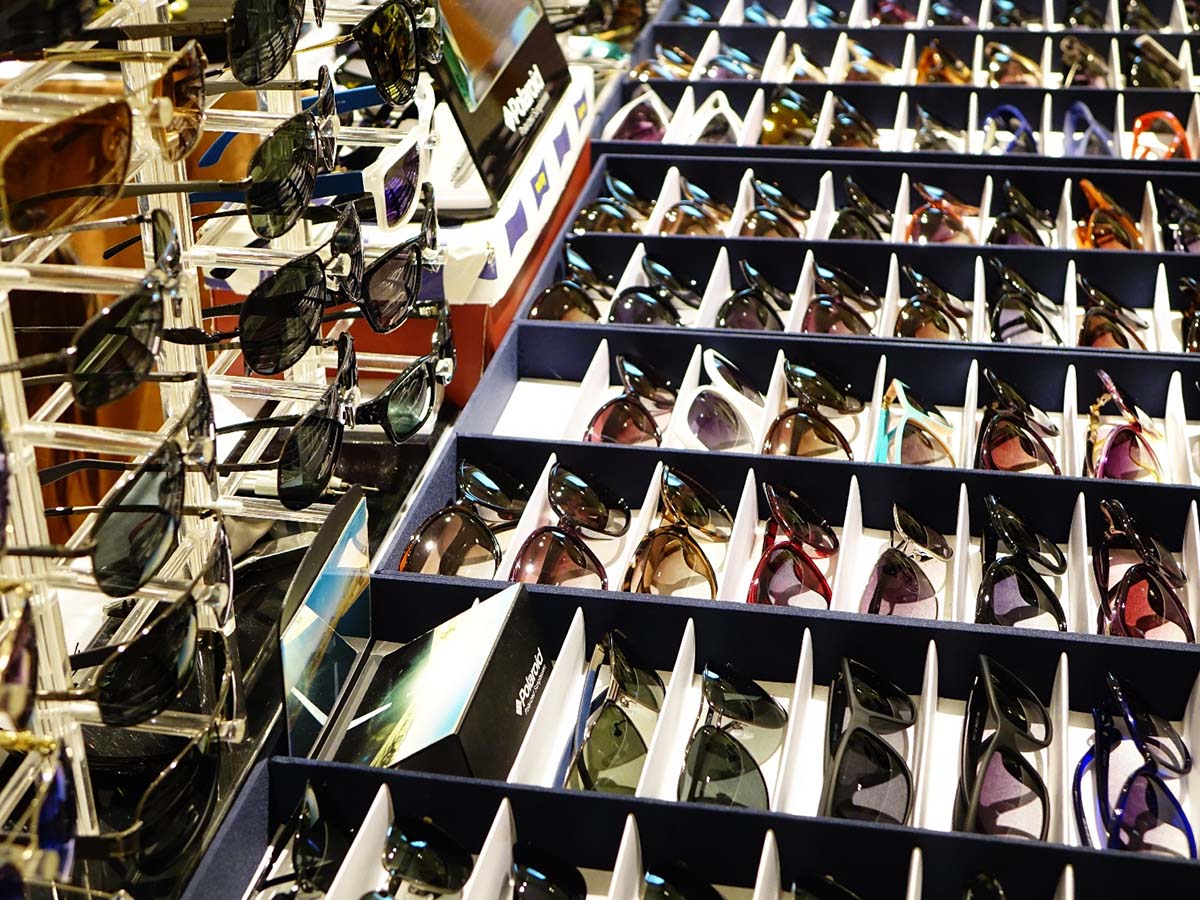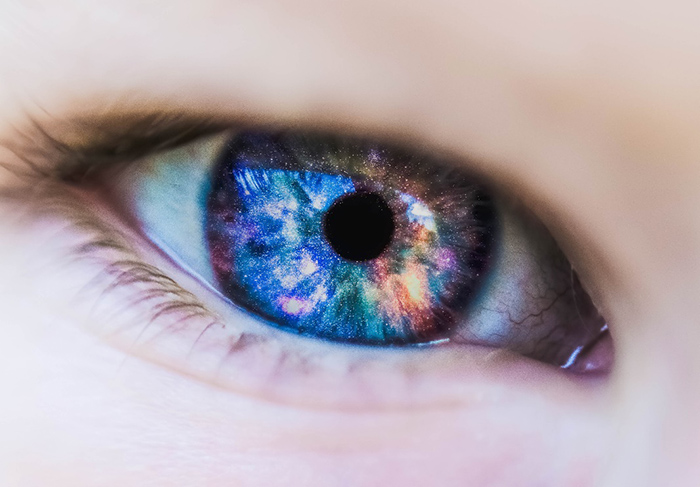Eyeglasses, a remarkable invention that has transformed the lives of millions, have a rich and fascinating history that spans centuries. From their humble beginnings to the modern-day innovations, let us embark on a comprehensive journey through the evolution of eyeglasses.
Ancient Origins
The roots of eyeglasses can be traced back to ancient civilizations. In ancient Rome, around the 1st century AD, the use of a magnifying glass to enhance vision was documented. This early form of magnification laid the foundation for the development of eyeglasses.

Medieval Breakthrough
It was during the medieval period that eyeglasses began to take shape as we know them today. In the 13th century, an Italian monk named Salvino D'Armate is credited with inventing the first wearable pair of eyeglasses. These early glasses consisted of two convex lenses held together by a frame that rested on the bridge of the nose. They were primarily used to correct farsightedness, a common visual impairment.
Renaissance Advancements
The Renaissance period witnessed significant advancements in the field of optics and eyeglasses. In the 16th century, concave lenses were introduced to correct nearsightedness. This breakthrough allowed individuals with different visual impairments to benefit from eyeglasses.
During this time, eyeglasses also became a fashion statement among the elite. Frames made of precious metals, such as gold and silver, adorned with intricate designs, became a symbol of wealth and status.
Industrial Revolution and Mass Production
The Industrial Revolution in the 18th century revolutionized the production of eyeglasses. With the advent of machinery and mass production techniques, eyeglasses became more affordable and accessible to a wider population. The introduction of steel frames and the ability to manufacture lenses in various shapes and sizes further expanded the options available to eyeglass wearers.

The Rise of Optometry
In the 19th century, the field of optometry emerged, focusing on the science of vision correction. Optometrists played a crucial role in prescribing and fitting eyeglasses, ensuring that individuals received the appropriate lenses for their specific visual needs. This professionalization of eyeglass fitting and prescription marked a significant milestone in the development of eyeglasses.
Modern Innovations
The 20th century brought forth numerous innovations in eyeglasses. In the early 1900s, the introduction of plastic frames revolutionized the industry. These lightweight and durable frames replaced the traditional metal frames, offering greater comfort and style options.
In the mid-20th century, the development of progressive lenses provided a seamless transition between different vision zones, eliminating the need for multiple pairs of glasses. Additionally, the use of advanced lens materials, such as polycarbonate and high-index plastics, resulted in thinner and lighter lenses, enhancing both comfort and aesthetics.
Contact Lenses and Laser Surgery
The latter half of the 20th century saw the rise of alternative vision correction methods, such as contact lenses and laser eye surgery. Contact lenses offered a non-intrusive option for those who wished to avoid wearing eyeglasses. Laser eye surgery, on the other hand, provided a more permanent solution to vision problems by reshaping the cornea.
While these alternatives gained popularity, eyeglasses remained the most widely used and convenient form of vision correction due to their ease of use, affordability, and non-invasive nature.

Future Possibilities
As we look to the future, the eyeglass industry continues to evolve. The integration of technology into eyeglasses is becoming increasingly common. Smart glasses, equipped with augmented reality capabilities, are being developed to enhance our daily lives, offering features like real-time information display and hands-free communication.
Advancements in materials science may lead to the development of even lighter and more durable frames, making eyeglasses even more comfortable to wear. Additionally, the use of nanotechnology holds the potential for self-adjusting lenses that automatically adapt to changing lighting conditions, providing optimal vision at all times.
In conclusion, the evolution of eyeglasses is a testament to human innovation and the desire to improve our visual experiences. From their ancient origins to the modern-day advancements, eyeglasses have come a long way. As technology continues to advance, we can only anticipate further breakthroughs that will enhance our vision and improve the lives of millions worldwide.
Post time: Nov-03-2023

